India@75: Country’s success a global buzzword; Growth with Equity biggest challenge
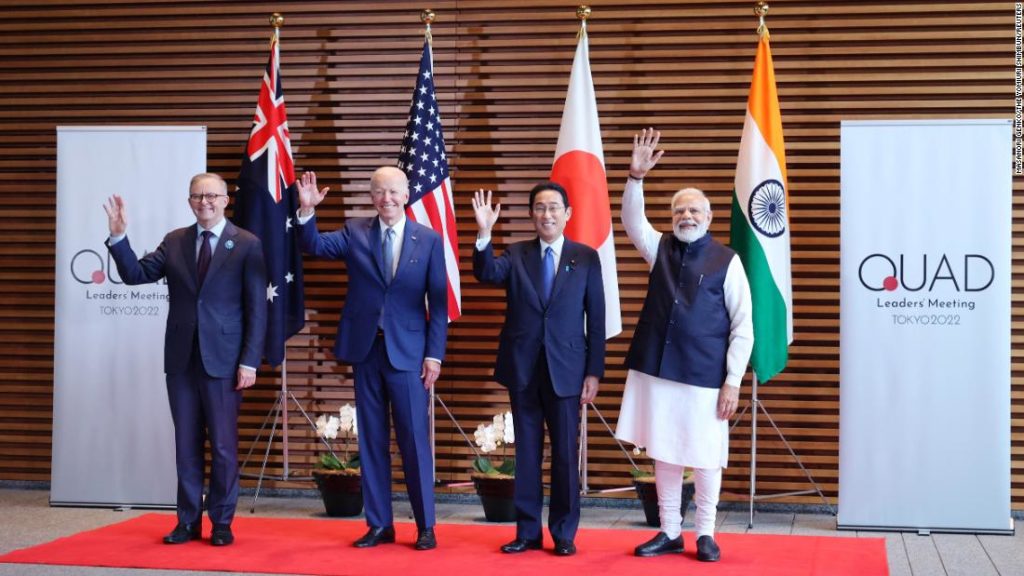
By Sudhir Kumar
Decades ago, India was lampooned by westerners as the land of elephants, snake charmers, magic, and mysticism. Enslaved for centuries and pauperised by its colonial rulers in a systematic and obnoxious manner, the country broke free from this stereotypical image to power its growth story with ‘mouse’ and also preserving the majestic ‘pachyderm’ in its forests and sanctuaries. India has arrived on the global stage, rising like a slumbering giant, and it is a buzzword that is likely to reverberate on a more resounding note as the years advance. In this great Indian edifice, fault lines are also there, and it becomes imperative for the country, especially for its political leaders and the ruling class, to bolster its secular credentials and ensure growth with equity and distributive justice.
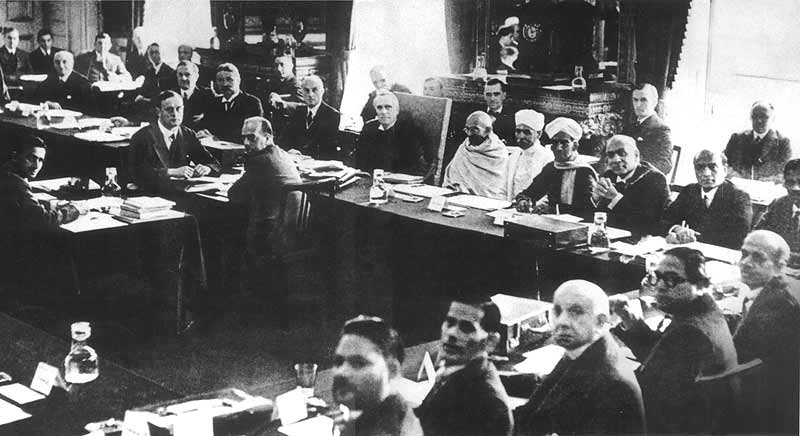
When Mahatma Gandhi and Viceroy Lord Irwin were holding parleys on constitutional reforms for India at the first round table conference in London in 1930, Winston Churchill, an unabashed votary of imperialism, seething with anger, described Gandhi as “the half-naked seditious fakir.” Churchill believed that “the loss of India would mark and consummate the downfall of the British Empire”, and he had declared, “We have no intention of casting away that most truly bright and precious jewel in the crown of the King, which…constitutes the glory and strength of the British Empire.”
Barely 17 years later, Churchill had to suffer the ignominy for his shattered hubris; Gandhi led the freedom movement to a triumphant climax as India cast away the yoke of an oppressive and exploitative British regime, moving from deep slough of slavery to sunshine of freedom. The British Empire disintegrated beyond redemption as the sun set on it with finality.
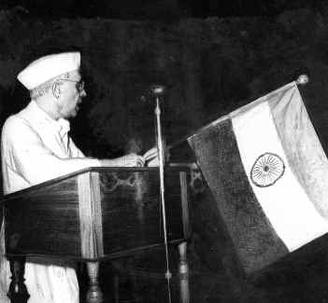
For India, it was like living up to its ‘Tryst with Destiny’ as the country’s first Prime Minister Jawaharlal Nehru made a famous speech to the Constituent Assembly on the midnight of 14 August 1947. Ranked among the greatest speeches of the 20th century, it encapsulated the essence of India’s freedom struggle, marked by blood, tears, sweat and sacrifices.
The monumental triumph came with gigantic tragedies, vicissitudes and problems, though: the sub-continent was torn asunder as a parting gift by the colonial rulers, also made possible by the overweening ambitions of political leaders, as Pakistan was forked out from India, almost like a Siamese twin, and it was preceded and followed by bloody communal skirmishes leaving the two countries in a state of perpetual animosity.

Lying in the cradle of independence, India was confronted with challenges and handicaps that appeared insurmountable. The rapacious colonial regime had left the country’s economy in a shambles; there were not enough food grains to feed its population; its booming cotton textiles industry was decimated; illiteracy was rampant and poverty grueling. Unification of more than 500 princely states, which accounted for almost 40 per cent of the area of pre-independence India and constituted 23 per cent of its population, was a ticklish issue. Kashmir was on the boil; the Nizam of Hyderabad was in a state of intransigence on the issue of his principality’s merger with India. An inimical Pakistan, created on communal considerations, was a major threat from across the border; so was the Chinese dragon that was constantly and venomously hissing at India.
All this was fodder for some sceptics and western observers who were eager to write the obituary of the country’s incipient and nebulous democracy. In 1960, American journalist and scholar Selig Harrison made a scathing prognosis that India would descend into military rule like Pakistan or simply Balkanise and break up; Winston Churchill, licking his wounded arrogance, stated that “India is merely a geographical expression. It is no more a single country than the Equator”; J K Galbraith, the US ambassador to India (1961-1963) and a renowned economist, called India a ‘functioning anarchy’.
Belying those gloomy prognostications, India has marched ahead ticking off several milestones, and surviving the nightmarish aftermath of partition, wars with Pakistan and China, religious fundamentalism, linguistic animosity, and communal flare-ups. During its 75 years of existence, the country has seen it all: poverty, inequality, rural distress, farmers’ suicides, unemployment, casteism, corruption, population explosion, Emergency, Operation Bluestar, Mandal Commission on reservation for backward classes triggering violent protests, Babri Masjid demolition, Naxalism, regionalism, Kargil War, and terror attacks on parliament and in several cities.
Despite these heavy odds, India has stayed united and sovereign, and is among the few post-colonial polities to remain democratic. It has largely preserved and buttressed its secular and democratic credentials, exemplified by vibrant elections, a free press, and an independent judiciary. The success of the parliamentary democracy, rule of law, and the people’s faith in the democratic processes are the biggest achievements of independent India, which is not only the largest democracy, but also the only nation in the world that gave every adult the right to suffrage from its first day of freedom.
Further, every change of government has been facilitated through the ballot box or electronic voting machine (EVM), insulating its democratic process from the shadow of armed forces. Barring the brief period of Emergency (1975-76), when the democratic process came under severe strain, Indian democracy has surged ahead even though the problem of money and muscle power and injection of criminal elements in legislatures remains a serious issue, notwithstanding several electoral reforms.
Over the past 75 years, India has made sterling achievements: Green Revolution, White Revolution, heavy and small-scale industries, phenomenal economic reforms triggered by the 1991 liberalisation leading to integration of the country’s economy with global economies, rapid strides in space technology and IT, and successes in sporting arena. In 1974, it conducted “Smiling Buddha”, its first nuclear test, heralding the country’s entry in the exclusive club of nuclear powers. India has now the second largest military force in the world and the largest railway network in Asia.
India has also become the largest digital market in the world besides the fastest-growing startup ecosystem and the third largest number of unicorns. It is sending record number of software engineers across the world while over five million software developers are working in the country. Its internet penetration is the second largest after China.
India’s literacy rate has gone up from 18 per cent in 1947 to 77.7 per cent now, and life expectancy from 32 years to 70.19 years. Various epidemics, small pox and polio have been eradicated. More recently, it conducted the world’s largest vaccine drive against COVID-19.
Thus, be it Mangalyaan or Yoga, Olympics, world cup cricket champions (1983 and 2011), Commonwealth and Asian Games or beauty pageants, the country is constantly making history. Four Indians winning the Nobel Prize is another testament to the country’s growth story.
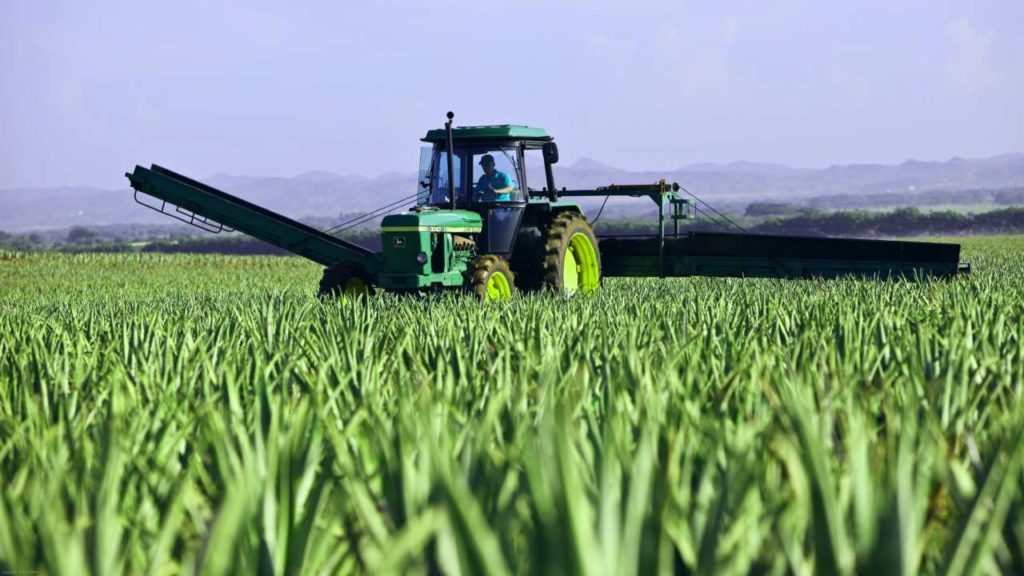
On the economic front, India has evolved from a largely agricultural country to a mixed economy of manufacturing and service. Thanks to the 1960s Green Revolution, it is now self-sufficient in food production and is the world’ largest producer of fresh fruits, milk, pulses, oilseeds, and cotton; second-largest producer of wheat, rice, sugarcane, potato, and tea; and third largest pharma producer. Foodgrain production in 1950-51 was 50.8 million tonnes; it was estimated to be 305.44 million tonnes in 2020-21.
Undoubtedly, India has made great strides in various fields under the prime ministership of Narendra Modi. Some of these include abrogation of Art. 370, which accorded special status to Kashmir, dealing a massive blow to militancy there; banning of triple talaq, Direct Benefit Transfer (DBT) to beneficiaries in their bank accounts, and free gas cylinders to poor women.
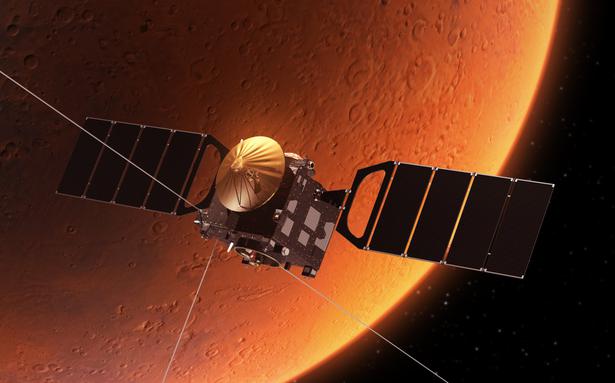
India made space history on September 24 in 2015 when its low-cost Mars spacecraft was successfully placed in orbit around the red planet in its very first attempt, breaking into an elite club of three nations. The Rs 450-crore Mangalyaan is the cheapest inter-planetary mission that, at just USD 74 million, cost less than the estimated USD 100 million budget of the sci-fi blockbuster “Gravity” and a tenth of NASA’s Mars mission Maven. European, American and Russian probes have managed to orbit or land on the planet, but after several attempts.
In February 2017, India created another history by successfully launching 104 satellites on a single mission, overtaking the previous record of 37 satellites launched by Russia in 2014. It was a robust proof of the country’s emergence as a major player in the multi-billion dollar space market. It would be interesting to remember that when the country successfully launched its first rocket from Thumba in Kerala on November 21, 1963, rocket parts and payloads were transported to the launch pad by bullock carts and bicycles! Now it has also become the first country with the capability to launch a supersonic cruise missile from land, air and sea!!
PM Modi’s contribution also lies in giving spunk and sinews to the country’s stature internationally. India is heard and observed by global leaders when it speaks. As a responsible nuclear power, the country rightly seeks its place at the high table. The non-aligned movement (NAM), of which India is a major leader, may have lost its momentum but not its relevance.
India now stands on the cusp of becoming a great power, but it requires an actionable roadmap to accomplish this goal. The country needs to sustain and accelerate the GDP growth rate, which is projected at 8.7 per cent in 2022 – it was 8.95 per cent in 2021. The GDP has increased from 2.7 lakh crore in 1947 to 147.79 lakh crore, and the country has become the world’s fifth largest economy. Experts point out that India needs to raise the GDP per capita to USD 20,000 and must grow by at least 8-10 per cent per year for the next 25 years for achieving higher growth and deeper social inclusivity.
Surely, the challenge is to ensure growth with equity. India has surged ahead with respect to GDP and the number of richest Indians. On the flip side, more than 800 million people are considered poor. A study by the World Bank, in April 2022, pegged the poverty rate at 10 per cent. India ranked 94 among 107 countries in the Global Hunger Index 2020. There is decline in health and educational expenditure. Health budget is pegged at 2.1 per cent of the GDP, and that of education at 3.1 per cent of the GDP. Out of 189 countries, India has ranked at 131 on the UNDP’s Human Development Index 2020. The liberalization process has unshackled the economy but also increased corruption, frauds, and scams, and the country ranked at 86th among 180 countries in Transparency International (TI)’s Corruption Perception Index in 2020.
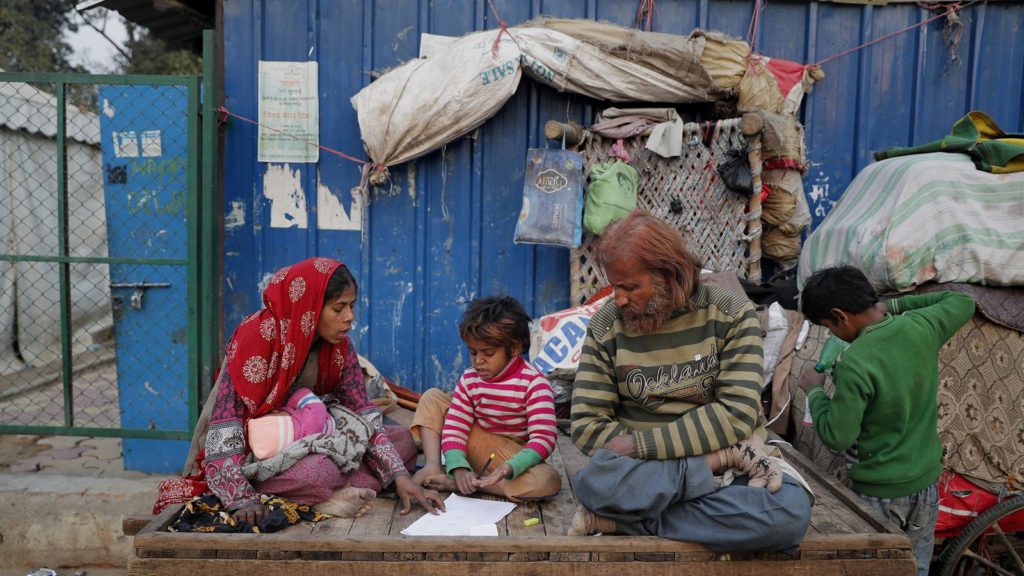
There are other challenges. India’s literacy rate has increased, but employability is a major concern. AIIMS, IISc, IITs and IIMs are amongst the world’s best educational institutions, but there is disparity in skills development. India is the pharmacy of the world but 70 per cent of APIs for manufacturing medicines is imported. Universal healthcare and jobs for all are also among the dreams to be fulfilled. Another major challenge is to contain its population growth, which has gone up from30 crore people in 1947 to nearly 1.40 billion. India is projected to overtake China’s population by 2023–24.
For establishing a New India, NITI Aayog, the apex body for policy formulation, has charted out the ‘Strategy for New India @ 75’. It has three key messages from Prime Minister Narendra Modi. First, development must become a mass movement, in which Indians experience the tangible benefits for better ease of living. Second, development strategy should help achieve broad-based economic growth to ensure balanced development across all regions and states and across sectors. Third, the strategy, when implemented, will bridge the gap between public and private sector performance.
Accordingly, Niti Aayog has identified focus areas such as agriculture, industry, information and communication, infrastructure, logistics and transport, education and employment, health and wellness, and local governance, which require either a sharper focus on implementing the flagship schemes already in place or a new design and initiative to achieve India’s true potential.
Over the last 75 years, India has shown unshakeable faith in democracy and leveraged its civilizational strengths in quest for providing progress and prosperity for its billion-plus citizens. The country is celebrating 75 years of independence as ‘Azadi Ka Amrit Mahotsav’. “We have to celebrate this festival by taking 130 crore countrymen together. Public participation is the core spirit of this event… A self-reliant India is our path as well as our resolve,” Mr Modi said.
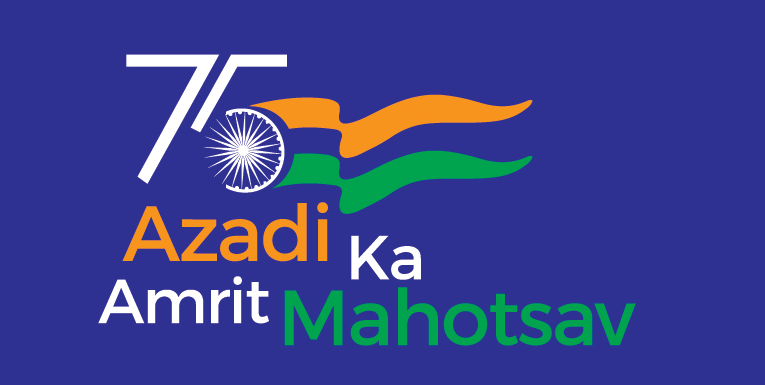
It goes without saying that the real freedom lies in emancipation from hunger, poverty, and inequality. The challenge for New India is to establish Sustainable Development for a Sustainable Future. PM Modi is acutely aware of it. While addressing the World Economic Forum’s online Davos Agenda 2022 summit in January, he asserted that his government’s policies are focused not only on requirements for the present but also for the next 25 years. The need now is the accomplishment of an objective envisioned, implemented, and evaluated.
Interestingly, for the homespun and western sceptics, the PM has a point to prove. “India has moved ahead of snake, it is moving ahead with ‘mouse’. They are not snake-charmers anymore, they now use the mouse of a computer.”
Short URL: https://indiandownunder.com.au/?p=18310
